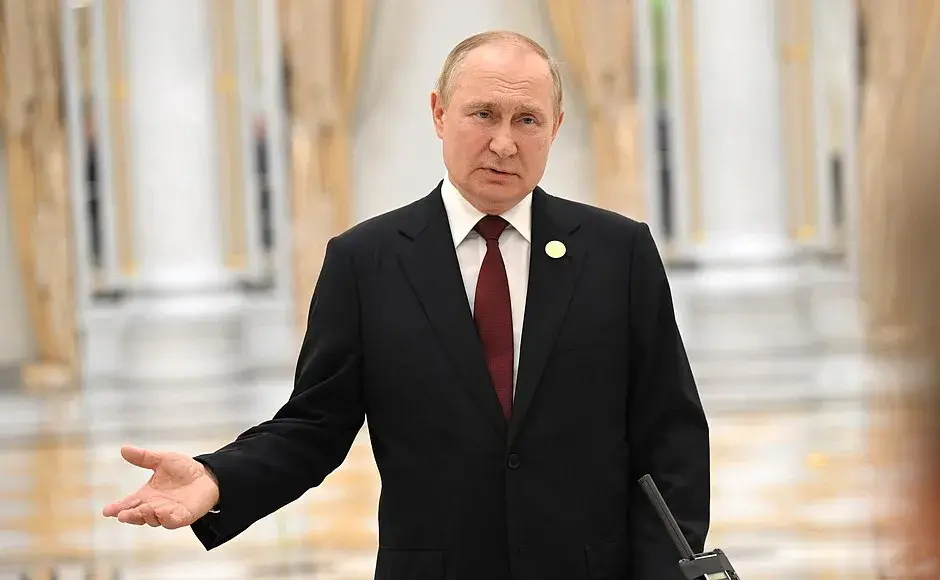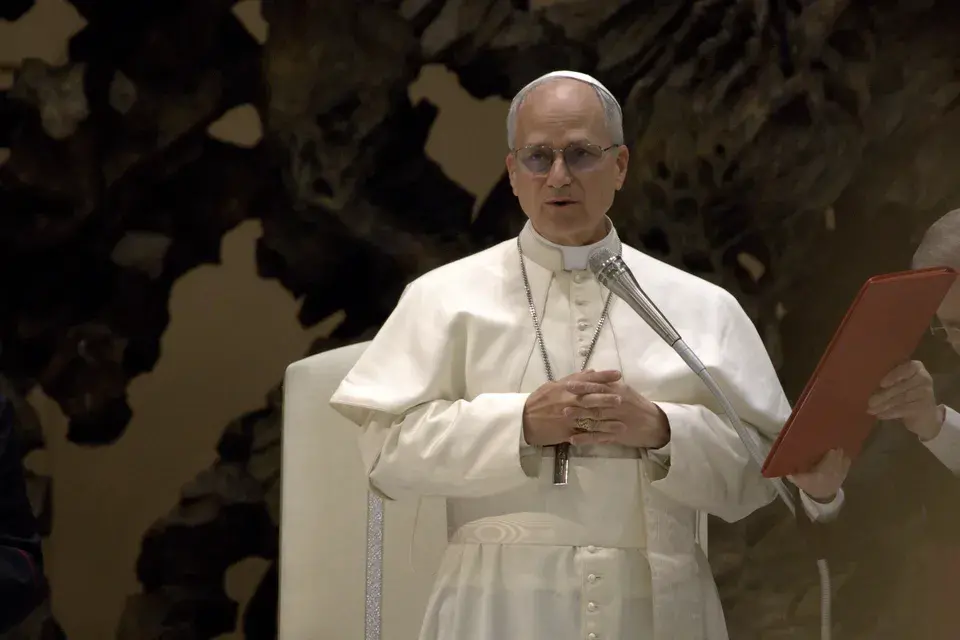IAEA chief Rafael Grossi to visit Ukraine and Russia as Europe’s largest nuclear plant relies on single external power source.

The U.N.’s nuclear watchdog warned Thursday of an “extremely fragile” situation at Ukraine’s Zaporizhzhia nuclear plant, Europe’s largest, as the facility now depends on a single external power source to maintain basic safety functions and prevent potential accidents.
In a statement, the International Atomic Energy Agency (IAEA) said the plant was disconnected from its last backup line on May 7 and added that it was “unclear” when the connection might be restored. Since Russian forces seized the plant early in the war, Zaporizhzhia has been a constant source of international concern, especially during eight incidents when it was entirely cut off from external power.
IAEA Director General Rafael Grossi is scheduled to visit Ukraine and Russia next week to continue diplomatic contacts with both sides. Grossi stressed that continuous cooling of the reactors and spent fuel remains “critically dependent” on a stable electricity supply.
In a statement, Grossi described the energy situation as “deeply concerning” given the ongoing military activity near the plant. IAEA staff stationed at the site have reported fighting in the vicinity on most days over the past week, underscoring the tense security environment.
Ukraine, meanwhile, formally complained to the IAEA this week, alleging that Russia plans to reconnect the Zaporizhzhia plant to the Russian power grid — a move Kyiv calls a clear violation of international law and Ukrainian sovereignty.
“We have submitted a verbal note to the IAEA secretariat stressing that these actions by Russia are a blatant breach of international law and a violation of Ukraine’s sovereignty,” Yuri Vitrenko, Ukraine’s permanent representative to the agency, told Ukrinform news agency.
The reports about Russia’s plans were highlighted in a recent New York Times article, which cited a Greenpeace report warning that Russian authorities were constructing transmission lines to link the plant with the occupied Ukrainian cities of Berdyansk and Mariupol. Greenpeace said it had accessed satellite images showing the installation of these new lines.
The Zaporizhzhia plant, with its six reactors, has been under Russian control since the early days of the war, when Moscow’s troops captured the site after heavy fighting. Its control and use have become key issues in any hypothetical peace talks, given its massive electricity generation capacity.
According to U.S. media reports, Washington has floated the possibility of declaring the area around the plant a neutral zone, allowing it to supply electricity both to Russian-held and Kyiv-controlled territories.
Keep Independent Journalism Alive
In a world flooded with noise, independent journalism is more vital than ever. We work hard to bring you clear, accurate, and unbiased international news — free from corporate or political influence.If you believe in the power of honest reporting, please consider making a donation. Every contribution, big or small, helps us stay independent and keep the world informed.
Support us via PayPalYour support makes a difference.


